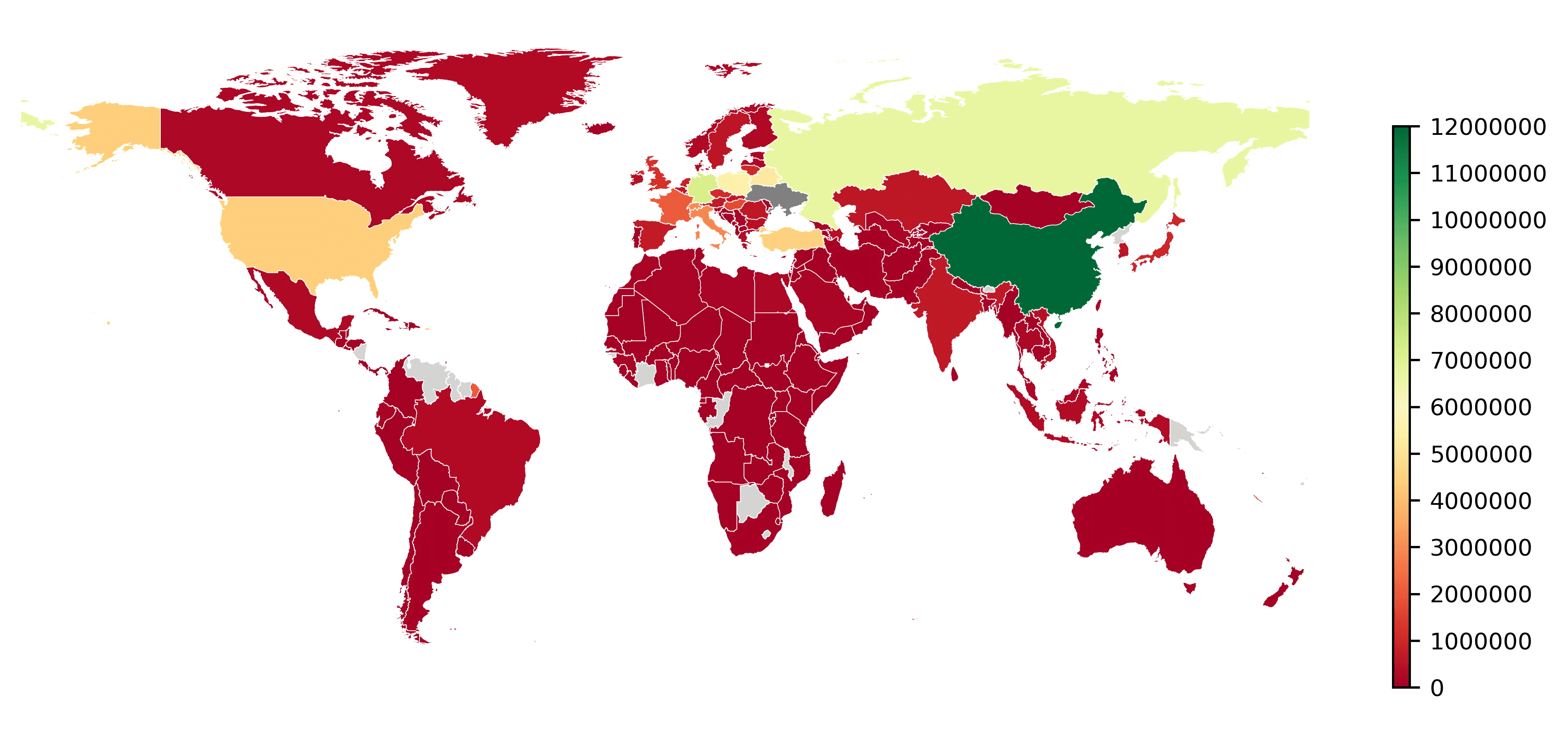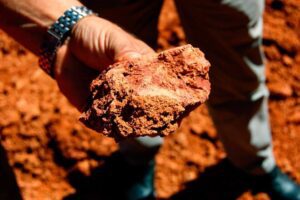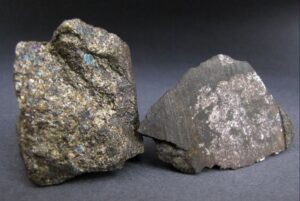
In January-August 2022, Ukraine imported 4 million 564.904 thousand tons of oil products (according to the HS code 2710: gasoline, diesel fuel, fuel oil, jet fuel, etc.), which is 13.5% less than in the same period last year (5 million 277.684 thousand tons).
According to the State Customs Service, oil products were imported in the amount of $5 billion 231.597 million, which is 69.5% more than in January-August 2021 ($3 billion 86.632 million).
Belarus imported fuel for $793.511 million (share – 15.17%), Russia – for $590.393 million (11.29%), India – for $553.213 million (10.57%), other countries – for $3 billion 294.48 million (62.97%). For eight months of 2021, the total cost share of fuel from Belarus and the Russian Federation in imports was 65%.
In addition, Ukraine exported 54.455 thousand tons (-77.6% compared to January-August-2021) of oil products for a total of $61.854 million (-52.2%) in eight months. The cost of fuel delivered to counterparties from Lithuania amounted to $16.342 million, Turkey – $11.533 million, Estonia – $6.022 million, other countries – $27.957 million.
As reported, Ukraine imported 8 million 790.515 thousand tons of oil products in 2021, which is 9.6% more than in 2020 (8 million 23.072 thousand tons).
Oil products were imported in the amount of $5 billion 614.787 million, which is 65.3% more than in 2020 ($3 billion 396.929 million). Incl. Belarus imported fuel for $2 billion 351.116 million (share – 41.87%), Russia – for $1 billion 240.513 million (22.09%), Lithuania – for $654.584 million (11.66%), other countries – for $1 billion 368.574 million (24.37%).
Geographical structure of total imports of goods and services in 2021 (USD thousand)


Ukraine in January-July this year reduced the import of aluminum ores and concentrate (bauxite) in physical terms by 69.4% compared to the same period last year – up to 938.226 thousand tons.
According to statistics released by the State Customs Service (STS), during this period, bauxite imports in monetary terms decreased by 66.1% – to $47.330 million.
At the same time, imports were carried out mainly from Guinea (59.94% of supplies in monetary terms), Brazil (27.67%) and Ghana (7.61%).
Ukraine in January-July 2022 did not re-export bauxite.
As reported, Ukraine in 2021 reduced the import of aluminum ores and concentrate (bauxite) in physical terms by 0.1% compared to 2020, to 5 million 114.227 thousand tons. Bauxite imports in monetary terms increased by 4.2% to $236.638 million.
At the same time, imports were carried out mainly from Guinea (59.33% of supplies in monetary terms), Brazil (21.33%) and Ghana (16.8%).
Ukraine in 2021 re-exported bauxite in the amount of 277 tons worth $70 thousand to Belarus (48.57%), Poland (40%) and the Russian Federation (7.14%), while in 2020 255 tons of bauxite were re-exported to Poland for $41 thousand
Bauxites are aluminum ores used as a raw material for the production of alumina, and from it – aluminium. They are also used as fluxes in ferrous metallurgy.
Bauxites are imported to Ukraine by the Nikolaev Alumina Refinery (NGZ), affiliated with the United Company (OK) Russian Aluminum (RusAl, Russia). Alumina is produced from bauxite.
RusAl also owns a stake in the Zaporizhia Aluminum Plant (ZALK) in Ukraine, which stopped producing primary aluminum and alumina.

Ukraine in January-July this year reduced imports of nickel ores and concentrate in physical terms by 57% compared to the same period last year – up to 309.699 thousand tons.
According to statistics released by the State Customs Service (STS), in monetary terms, imports of nickel ores decreased by 58.3% to $14.112 million.
At the same time, the import was carried out from Guatemala (100% of deliveries in terms of money).
For seven months of 2022, as in January-July 2021, Ukraine did not export and re-export these products.
As reported, Ukraine in 2021 reduced the import of nickel ores and concentrate in physical terms by 20.6% compared to 2020 – to 1 million 235.533 thousand tons. In monetary terms, imports of nickel ores decreased by 22.2% to $58.929 million. Imports were carried out from Guatemala (100% of deliveries in monetary terms).
Last year, Ukraine did not export and re-export these products.
Nickel ore is imported to Ukraine by the Pobuzhsky ferronickel plant (PFC, part of the Solway group).
PFC processes about 1.2 million tons of ore per year.

In January-July 2022, Ukraine reduced the import of oil and crude oil (according to the TNVED code 2709) by 16.4% (by 101,209 thousand tons) compared to the same period last year, to 516,807 tons.
According to the State Customs Service, raw materials worth $346.377 million were imported in seven months, which is 1.7 times more than in January-July 2021 ($267.354 million), incl. from Azerbaijan – by $346.195 million, Libya – by $0.182 million. In July of this year, Ukraine did not import oil.
Ukraine in January-July 2022 did not export oil, while for the same period in 2021, 89.963 thousand tons of oil were exported from the country to Romania for $27.133 million.
As reported, in 2011 Ukraine imported 5 million 826.316 thousand tons of oil for $4 billion 384.387 million, in 2012 – 1 million 544.196 thousand tons for $1 billion 232.584 million, in 2013 – 761.058 thousand tons for $630.282 million, in 2014 – 178.613 thousand tons for $146.533 million, in 2015 – 248.158 thousand tons for $89.039 million, in 2016 – 515.954 thousand tons for $173.835 million, in 2017 – 1 million 13.359 thousand tons of oil for $442.219 million, in 2018 – 766.832 thousand. tons for $431.735 million, in 2019 – 790.628 thousand tons for $405.748 million, in 2020 – 1 million 245.587 thousand tons for $409.167 million, in 2021 – 1 million 561.247 thousand tons for $827.592 million.

In January-July 2022, Ukraine imported 3 million 933.911 thousand tons of oil products (according to the TNVED code 2710: gasoline, diesel fuel, fuel oil, jet fuel, etc.), which is 13.2% less than in the same period last year (4 million 531.367 thousand tons).
According to the State Customs Service, oil products were imported in the amount of $4 billion 324.218 million, which is 67.7% more than in January-July 2021 ($2 billion 578.915 million).
Belarus imported fuel for $793.511 million (share – 18.35%), Russia – for $590.393 million (13.65%), India – for $451.414 million (10.44%), other countries – for $2 billion 488.901 million (57 .56%). For seven months of 2021, the total cost share of fuel from Belarus and the Russian Federation in imports was 67%.
In addition, Ukraine exported 46.157 thousand tons (-79.4% compared to January-July-2021) of oil products for a total of $48.255 million (-58.5%) in seven months. The cost of fuel delivered to contractors from Lithuania amounted to $16.342 million, Estonia – $6.022 million, Hungary – $3.606 million, other countries – $22.285 million.
As reported, Ukraine imported 8 million 790.515 thousand tons of oil products in 2021, which is 9.6% more than in 2020 (8 million 23.072 thousand tons).
Oil products were imported in the amount of $5 billion 614.787 million, which is 65.3% more than in 2020 ($3 billion 396.929 million). Incl. Belarus imported fuel for $2 billion 351.116 million (share – 41.87%), Russia – for $1 billion 240.513 million (22.09%), Lithuania – for $654.584 million (11.66%), other countries – for $1 billion 368.574 million (24.37%).